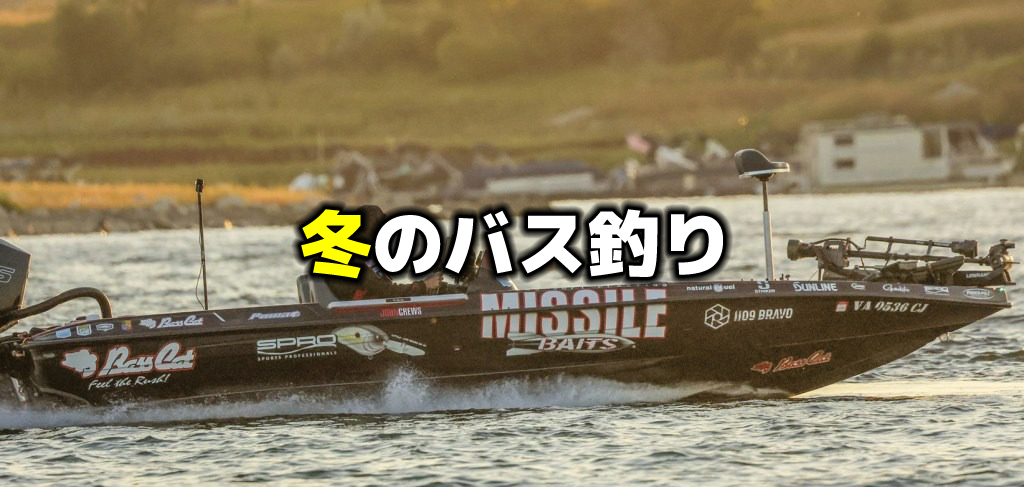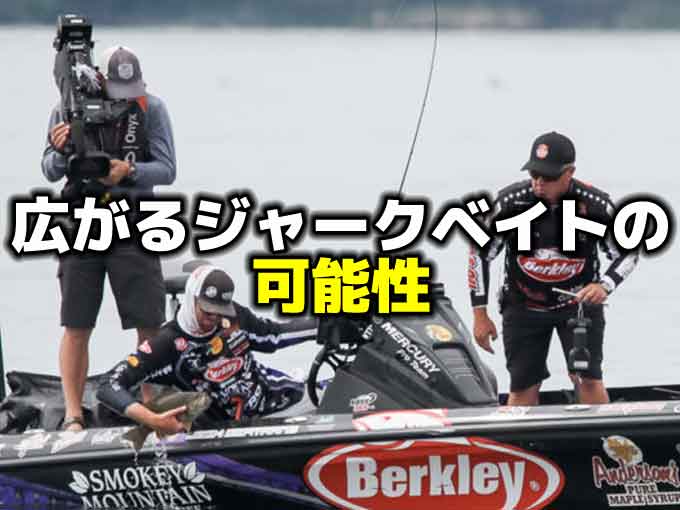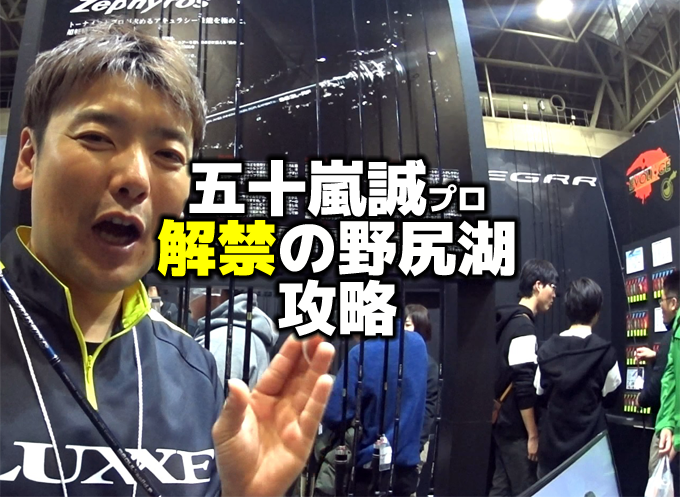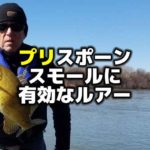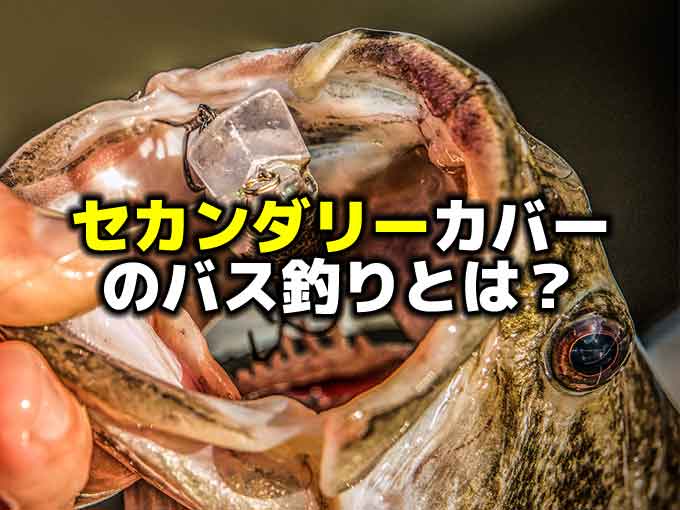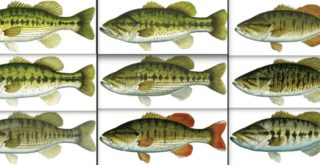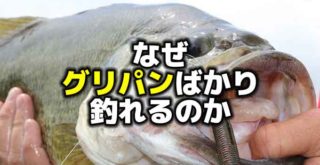冬、ディープ(深場)に落ちたバスを釣る
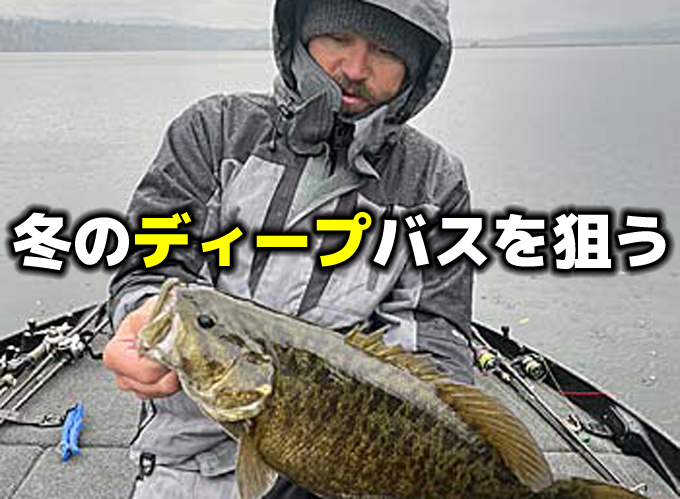
冬のバス釣りではバスが深場に移動しますが、実は大物に出会えるチャンス!透明度が高いフィールドでは普段以上の深場を攻めることがポイント。釣果が落ち込むイメージがあるかもしれませんが、まずはバスの習性に合わせた釣り方をすることなんですね。
こんにちは!店長の小山です!
まだまだ長い冬が続きそうですね。
さて、冬の間は釣果が落ち込むイメージがあるかもしれませんが、水温が下がりバスが深場に移動するこの季節こそ、大物に出会えるチャンスだとよく聞きます。
特にクリアウォーターのフィールドでは、普段よりも深い場所を中心に釣りをすることが大切というふうにです。
私が強引な例え話をするならこんな感じです。
ます、あなたの住む街にある公園を思い浮かべます。夏場は子どもたちがいろんな遊びをしていますが、冬になると人通りも少なくなり、静かになります。でも、その街から子供たちがいなくなったわけではないですよね。おそらく、街じゅうの家々の奥深くまで探せばどこかの家にはいるはずです。冬でもその辺のどこか、夏とは違う場所にいるはずなんです。
ううん、かなり危険人物的な発言ですかね、お気持ちを害した方がいらっしゃいましたらすみません。
似たようなことが、バス釣りでも言えると思うんです。水温が下がってバスの活動が鈍くなり、釣果が得られにくくなる季節でも、ビッグバスはどこかにいるはずです。ただ、いつもと違う行動を取るようになるだけです。
こうした習性の変化に合わせて釣り方も変えることが、冬でも好釣果を得るコツということなんですよね。
この記事は、アメリカのバスフィッシング専門サイト「bassresource.com」のコラム記事で、ライターのテイラー・ブリンクス氏が冬のディープのバス釣りについて解説してくれています。
どうやって冬のビッグバスに辿り着くのか、ぜひ最後まで読んでみてください。
Deep Is Relative And What To Look For
What one angler considers deep water may be drastically different than another angler in another part of the country. On some bodies of water, 15 to 20 feet might be a deep hole or even the deepest part of the lake, and on others, anglers may find success much deeper, often catching bass in 40, 50 feet, or even deeper.There is a limit to how deep bass will go during the winter months, and each lake is different, but it primarily comes down to baitfish and the underwater habitat. Both of those can be found with map study and the help of your electronics.
When the water is cold, and you find yourself bass fishing a clear water fishery, one of the first things you should seek is baitfish. Chances are that if you find a school of baitfish, the bass and other predators will be close by. Finding schools of shad and other baitfish becomes much easier with the help of your electronics, but other telltale signs include watching for bird activity and fish schooling on the surface.
Another essential factor for finding deep water fish is locating structure and cover. This can also be done with the help of your electronics and some time behind the wheel idling and looking for fish-holding objects such as rocks, humps, submerged trees, timber, brush piles, and more. Mark any of these likely areas with a waypoint and continue to search for more. Having many of these areas will allow you to run from spot to spot and fish high-percentage areas.
Utilizing Your Forward-Facing Sonar
This technology has created a firestorm in the past few years, with many anglers opposed to it and others embracing it to catch more fish. No matter where you stand on the issue, the technology can significantly speed up the learning curve and increase your success in deep water. It’s not a magic tool that will instantly allow you to catch every fish in the lake, but it helps show where the baitfish are and watch fish activity. It’s also beneficial for finding offshore rocks, underwater points, high spots, and drop-offs that can all produce fish in deep and cold water.Forward-facing sonar is also helpful when watching your lures in the water. It allows you to see if a fish is following the bait, and then you can alter your retrieve and cadence until you figure out how to trigger a bite. This is important all year long but can be critical when fishing in cold water when the fish are more lethargic. It also allows you to experiment with different lures until you find one that will work that day and for that specific bass.
Three Baits To Try
Many different baits will work when the water is cold, and you are fishing a clear body of water, but generally, things that imitate shad will be solid options. Three of the best are jerkbaits, Alabama Rigs, and fluke-style baits on a jighead. Each can be fished in the middle of the water column and does a great job attracting fish since clear-water bass use sight to feed more than those in dirtier water.Jerkbaits are another category of lures that excel in cold water and do very well in clear water for the same reasons other lures work; bass can see them from far away and make their way to the bait. When choosing colors for clear water, translucent patterns do well in most instances, but solid colors do better in lowlight conditions due to the time of day or cloud cover.
Another excellent choice is a fluke-style bait fished through the water column. This is often called a 'Damiki Rig’ or mid-strolling, allowing you to fish the bait virtually any depth. This is one technique that significantly helps with your electronics because you can see precisely where the bass are in the water column and keep your bait above the fish at all times. This approach is deadly for deep waters and for clear water fishing.
Fishing deep and clear water can seem overwhelming, but it’s better than fishing dirty water in the colder months; the fish will bite when you put a bait in front of them. The key with all fishing situations is knowing where to look and being around fish, making using your electronics paramount during winter.
ディープの定義は人によって変わる
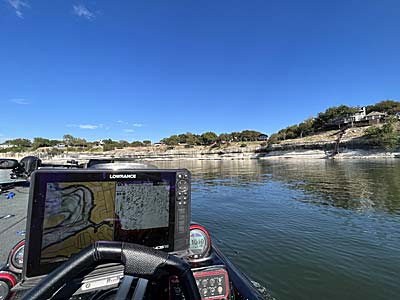
あるアングラーにとってディープと考える水深が、ほかの地域のアングラーにとっては全く別のものになるかもしれません。あるフィールドでは4.5~6メートルが最深部だと考えられている一方で、12~15メートルもある深場で釣果を上げているアングラーもいるでしょう。
冬場にバスがどの程度の深さまで移動するのかについては、フィールドごとに異なりますが、ベイトフィッシュの存在と水中の地形が最も大きな要因です。こうした情報は、地図や魚群探知機を活用することで把握できます。
水温が低下し、透明度の高い湖で釣りをする場合、まず最初に探すべきはベイトフィッシュです。ベイトフィッシュの群れを見つけられれば、バスや他の捕食魚の存在も近いはずです。餌となるシャッドやその他の魚の群れは、魚群探知機を使うことで比較的簡単に発見できますが、他にも水鳥の動きや水面で魚が跳ねる様子を探すことで手がかりになります。
ディープのバスを見つけ出すうえで欠かせないもう一つの要素が、ストラクチャーやカバーなど隠れ家の存在です。岩場、ハンプ、水中の木、流木、オダなど、バスがとどまりそうな場所を魚探で探し、ウェイポイントとして記録しておきましょう。こうしたバスが集まりそうなスポットを多数把握しておくことで、移動しながら複数のポイントを効率的に回る釣りが可能になります。
ライブソナーの活用
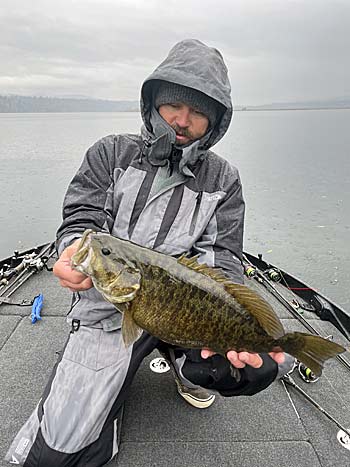
この新技術は過去数年で注目を集めていますが、歓迎するアングラーもいれば否定的な人もいるでしょう。意見の分かれるところではありますが、ディープでの釣果向上に役立つことは間違いありません。魔法の杖という訳ではなく、ベイトフィッシュの群れやバスの動きを把握する手助けとなるのです。岩場や水中岬、ハンプ、断崖などの地形も発見しやすくなるでしょう。これらはすべて、低水温期のディープで釣れる可能性のあるスポットといえます。
ライブソナーは、ルアーの動きを確認することにも役立ちます。バスがルアーを追っているかどうかがわかるので、その場でリトリーブの速さやアクションを調整することが可能です。それは一年を通して重要なことなのですが、水温が低くバスの反応が鈍い冬場こそ特に重要といえます。また、その日やその場所のバスに効果的なルアーを実験として探す助けにもなります。
おすすめの3つのルアー
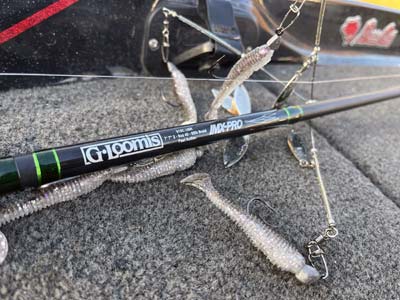
低水温期の透明度の高いフィールドを釣る際に効果を発揮するルアーはさまざまですが、一般的にはベイトフィッシュを模したものが安定した選択肢といえます。ジャークベイト、アラバマリグ、フルーク系のジグヘッドがその代表例です。これらは中層を通すのに適しており、透明度が高いフィールドのバスは視覚による捕食が多いため、バスをうまく引き寄せるとされています。
ジャークベイトは低水温や透明度の高い条件で特に効果的なルアーのひとつです。バスは遠くからこれらのルアーを確認し、近づいてきます。透明度が高い場合はゴースト系のカラーが一般的に有効ですが、時間帯や曇り具合によっては不透明な色の方が魚の注意を引き付けることもあります。
もうひとつの選択肢がフルーク系ワームの中層スイミングです。これは深さを問わずにバスを探すのに適しています。魚群探知機の助けを借りれば、バスが水中のどの深さにいるのか正確に把握できるので、ルアーを常にそのあたりに置くことが可能です。こうしたアプローチは、深場や透明度の高い水で非常に有効です。
深くて透明度の高い湖でのバス釣りには気後れしてしまうことがあるかもしれません。しかし、見方によっては濁ったフィールドよりも可能性が高いといえるかもしれません。
ルアーさえちゃんと見えれば、低水温期のバスでもしっかり食ってくるのです。鍵となるのはバスのいそうな場所を知ること、自分がその場所のまわりに居るということ。ですから魚群探知機の活用が欠かせません。
水温の低下で活発に動かなくなったバスをイメージしてしまい、諦め気味になりがちな私には励みになる内容でした(笑)
諦めてはいけませんよね。この時期こそ、大物との出会いがあるというのですからね。
ポイントは、
- 水温が下がるとバスは深場へ移動しますが、深さはフィールドによる
- ただしベイトフィッシュのいない所にはいない
- ルアーが見えればバスは反応してくれる
- 魚探で水中地形やベイトの群れを丁寧に探す
- 自分がそんな場所にいるか確認
- 中層がカギ
こんなところではなかったでしょうか。
ぜひみなさんも、この記事を参考に冬のビッグバス釣りにチャレンジしてみてください。水中で待っているかもしれない自己最大級のバスとの出会いがあるかもしれませんからね!
それではまた。
毎度ありがとうございます!
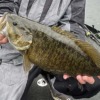
 https://www.bassresource.com/fishing/winter-deep-clear-water...
https://www.bassresource.com/fishing/winter-deep-clear-water...





